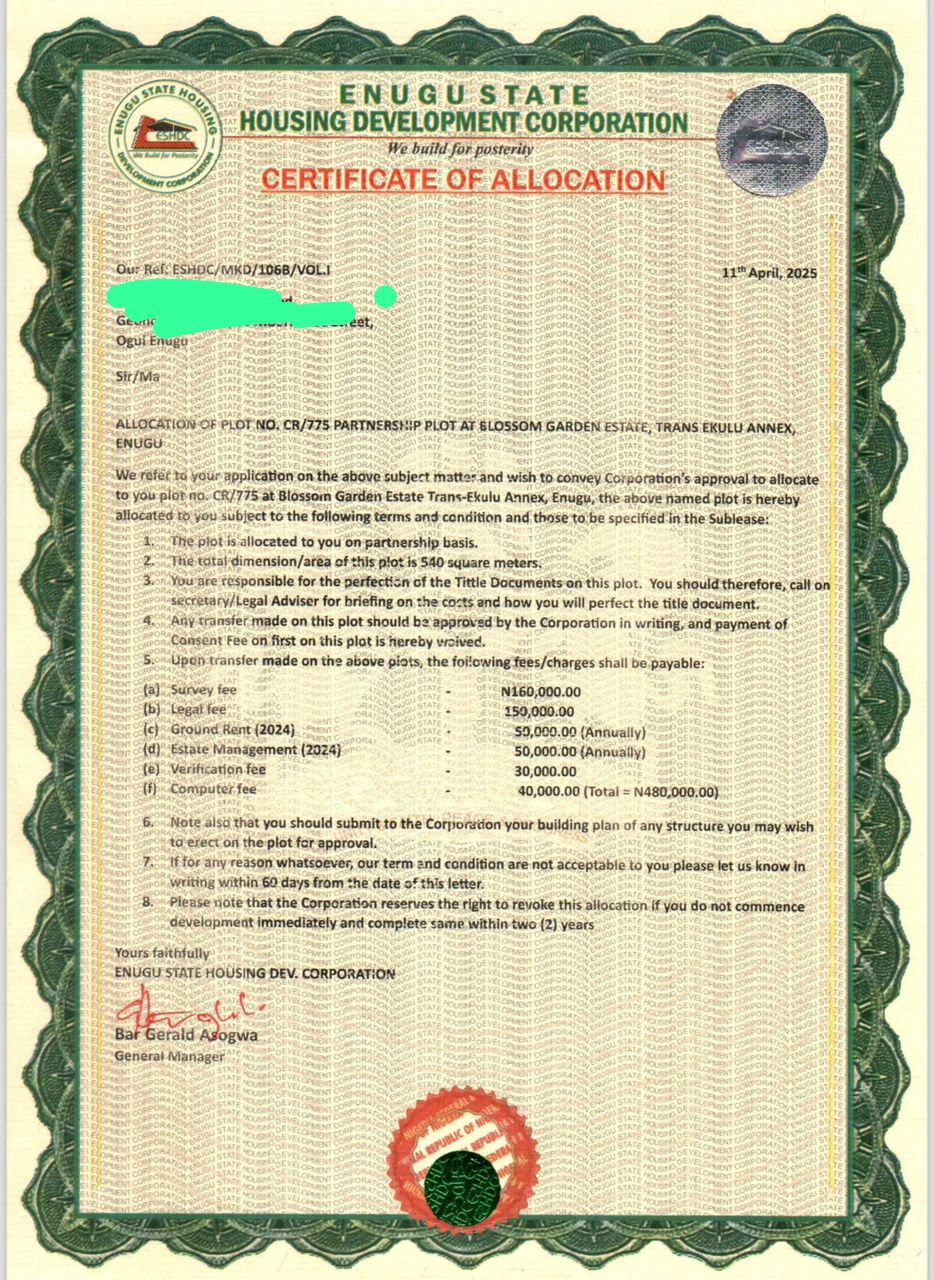How to Turn Rejection into Results: From Pain to Progress
Introduction
Rejection hurts.
 Whether it’s a failed job application, a business pitch that got ignored, or someone simply saying “you’re not good enough, rejection can crush your confidence.
Whether it’s a failed job application, a business pitch that got ignored, or someone simply saying “you’re not good enough, rejection can crush your confidence.
But here’s the truth:
Rejection isn’t the end. It’s a redirection.
Every successful person you admire has faced rejection, but instead of letting it stop them, they used it as fuel.
In this post, you’ll learn how to turn rejection into motivation, results, and growth, and how to use it to propel your dreams not destroy them.
1. Understand What Rejection Really Means
Most people see rejection as proof that they’re not good enough.
But that’s false. Rejection is information, not identity.
It tells you:
• Something didn’t fit at that moment.
• You need to improve, reposition, or try a new approach.
• You’re one step closer to the right opportunity.
“Every ‘no’ simply moves you closer to the right ‘yes.’”
When you understand that rejection isn’t personal, it’s directional, you start to see it as a guide, not a barrier.
2. The Mindset Shift: From Victim to Student
When rejection happens, you have two options:
1. Play the victim — blame, complain, and quit.
2. Become a student — reflect, learn, and improve.
Those who win in life always choose the second option.
Instead of asking, “Why me?” ask, “What is this trying to teach me?”
That simple question turns pain into power, because it shifts your focus from the problem to the lesson.
3. Learn the Skill of Emotional Recovery
Let’s be honest, rejection hurts.
But staying stuck in that pain keeps you from your next opportunity.
Here’s how to recover faster:
Acknowledge the feeling — don’t suppress it. Feel it, but don’t live there.
Write down what happened — journaling helps you process the pain logically.
Refocus your energy — channel the emotion into productive activity.
Surround yourself with positivity — listen to people, books, or podcasts that remind you of your worth.
“You can’t control rejection, but you can control your reaction.”

4. Turn Feedback into Fuel
Every rejection holds feedback, even if it’s silent.
Ask yourself:
• What can I improve?
• Did I communicate my value clearly?
• Am I targeting the right audience or opportunity?
Then act on the answers.
Refine your skill, adjust your approach, and come back stronger.
Remember, rejection often means you’re aiming higher than average.
5. Real-Life Examples: Rejection that Led to Greatness
• J.K. Rowling was rejected by 12 publishers before Harry Potter became a global success.
• Michael Jordan was cut from his high school basketball team — he used that pain to train harder.
• Walt Disney was told he “lacked imagination.” Today, his creativity defines an entire industry.
Their secret? They didn’t run from rejection, they used it.
6. The “R.E.S.U.L.T.S” Framework for Turning Rejection Around
Use this simple framework to convert rejection into progress:
Step Meaning Action
R Reflect What really happened? What can I learn?
E Embrace Accept it without bitterness. It’s part of the journey.
S Strategize What will I do differently next time?
U Upgrade Build new skills, improve presentation, or repackage your offer.
L Leverage Use the story of your rejection as motivation or testimony.
T Try Again Don’t pause too long — act again while the lesson is fresh.
S Stay Consistent The only true failure is giving up too early.
Apply this every time you face rejection and it will turn pain into productivity.
7. Final Thought: Rejection Is Proof You’re Trying
The only people who never get rejected are those who never try.
If you’ve been turned down, ignored, or overlooked, congratulations. It means you’re in the arena.
“Rejection is not a wall; it’s a signpost pointing you toward your real path.”
So instead of asking “Why me?”, start saying “Watch me.”
Because every time you rise again, you’re building the resilience that success requires.
Turn that “no” into fuel and let your results speak louder than your rejection.
















.jpg)





1 Comments
Jane
2025-10-23Rejection means redirection!!